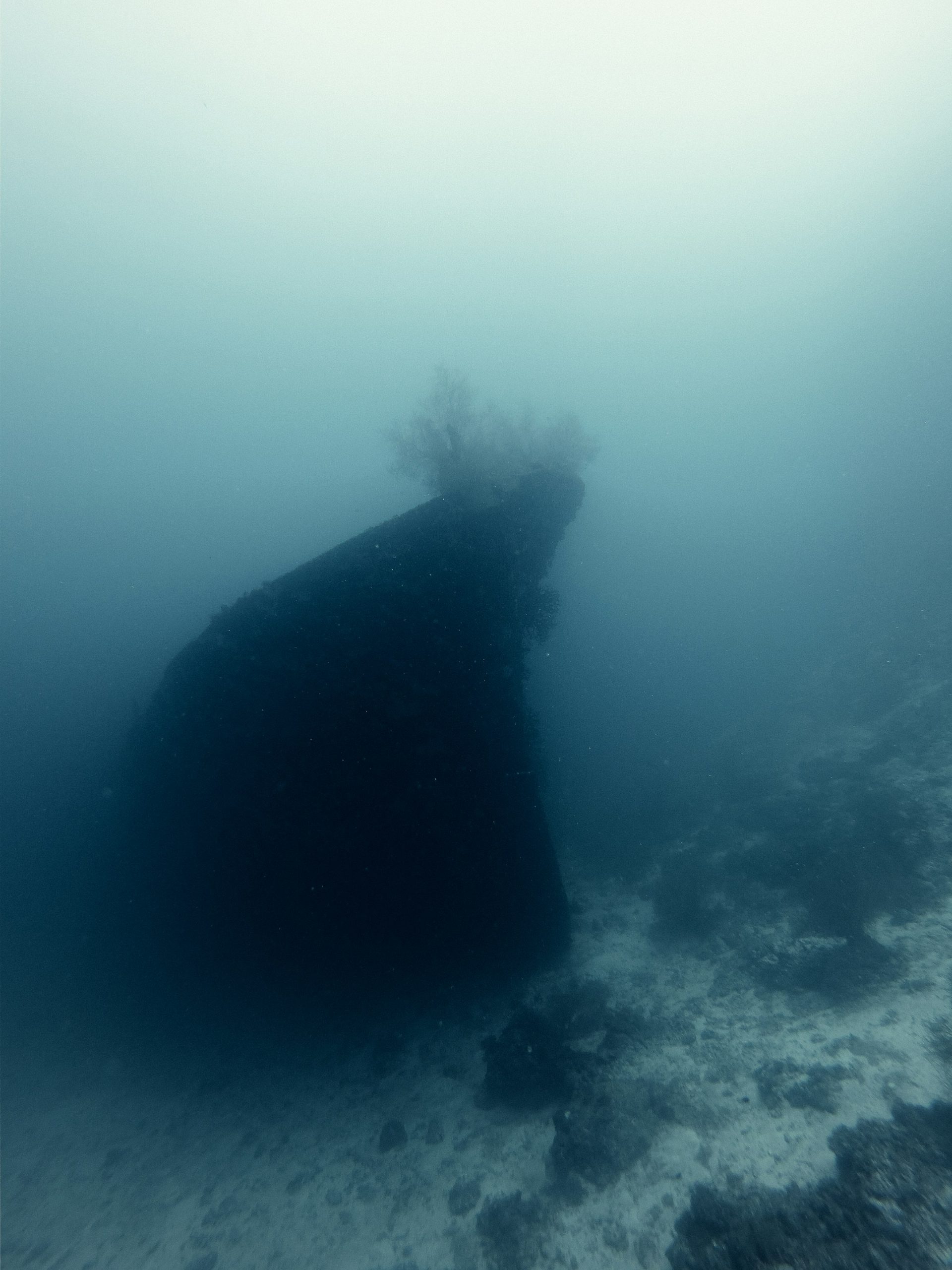Subsea riser systems form a critical link between the seabed and offshore platforms, enabling the transportation of oil and gas in challenging underwater environments. These structures must withstand a variety of environmental and operational stressors, including ocean currents, wave motion, thermal expansion, and internal pressure changes. Mechanical damage in these systems is not only a maintenance issue but also a safety and environmental concern. Damage can compromise the integrity of risers, leading to disruptions in operations and, more alarmingly, the potential for leaks or total failure. This article explores the mechanical damage risks facing subsea riser systems, their causes, and the methods used to mitigate these threats through materials, design, and inspection practices.
Out Sheath Breach and Annulus Flooding in Flexible Risers
Flexible risers are designed with multiple layers, each serving a protective or structural role. One of the more significant mechanical damage risks occurs when the outer sheath is breached. This sheath acts as a barrier to seawater, preventing ingress into the annular space that lies between layers of the riser. A pressure breach of the outer sheath allows water to flood the annulus, which can lead to corrosion of internal steel components and compromise of the tensile armor. In this complex failure sequence lies a crucial aspect: the need for industry-leading flexible risers that can endure external impacts and resist degradation over time. Once water enters the annular space, it creates an oxygen-rich environment in contact with high-strength steel, accelerating degradation. The risk intensifies when temperature and pressure fluctuate, as this can drive water deeper and faster through pathways created by existing microcracks or imperfections in the sheath.
Vessel Impacts and Accidental Contact
Marine activity near offshore installations introduces another avenue for mechanical damage: accidental impact. Support vessels, remotely operated vehicles (ROVs), and construction equipment occasionally make contact with risers during operations or poor visibility conditions. Even minor collisions can scrape protective coatings or deform structural layers. In high-energy incidents, there is the potential for direct indentation, compromising the riser’s ability to withstand internal pressures and reducing its fatigue life. Protective frames and separation zones are often established to minimize these interactions, but operational oversight remains a key factor in reducing risk.
Dropped Objects and Equipment Fall Hazards
Dropped objects pose a distinct hazard during installation, maintenance, and intervention work. Tools, clamps, pipe sections, or structural components can fall from cranes or work platforms and strike risers. Given the vertical span and tension in riser systems, any localized impact can cause not only external damage but also internal stress redistributions. Damage from dropped objects is often difficult to detect visually, as deformation may occur beneath protective layers. Inspection campaigns frequently rely on acoustic and ultrasonic techniques to identify any underlying issues that require intervention.
Environmental Forces and Marine Growth
Ocean currents, waves, and seabed motion generate cyclical loading on risers. Over time, these repetitive forces can lead to fatigue, especially in regions with limited movement flexibility, such as touchdown zones or bend stiffener interfaces. Marine growth further complicates this scenario by adding weight and drag to the riser. Algae, barnacles, and other organisms attach to external surfaces, altering the hydrodynamic profile and increasing the frequency and amplitude of vibration. This results in strain concentrations at structural junctions and anchor points, contributing to wear and eventual layer separation if not monitored effectively.
Subsea riser systems face a diverse array of mechanical threats throughout their lifecycle—from installation and operational stresses to environmental and human factors. The ability to resist outer sheath breaches, withstand pressure cycling, and endure physical impacts depends heavily on material science, engineering foresight, and ongoing vigilance.

